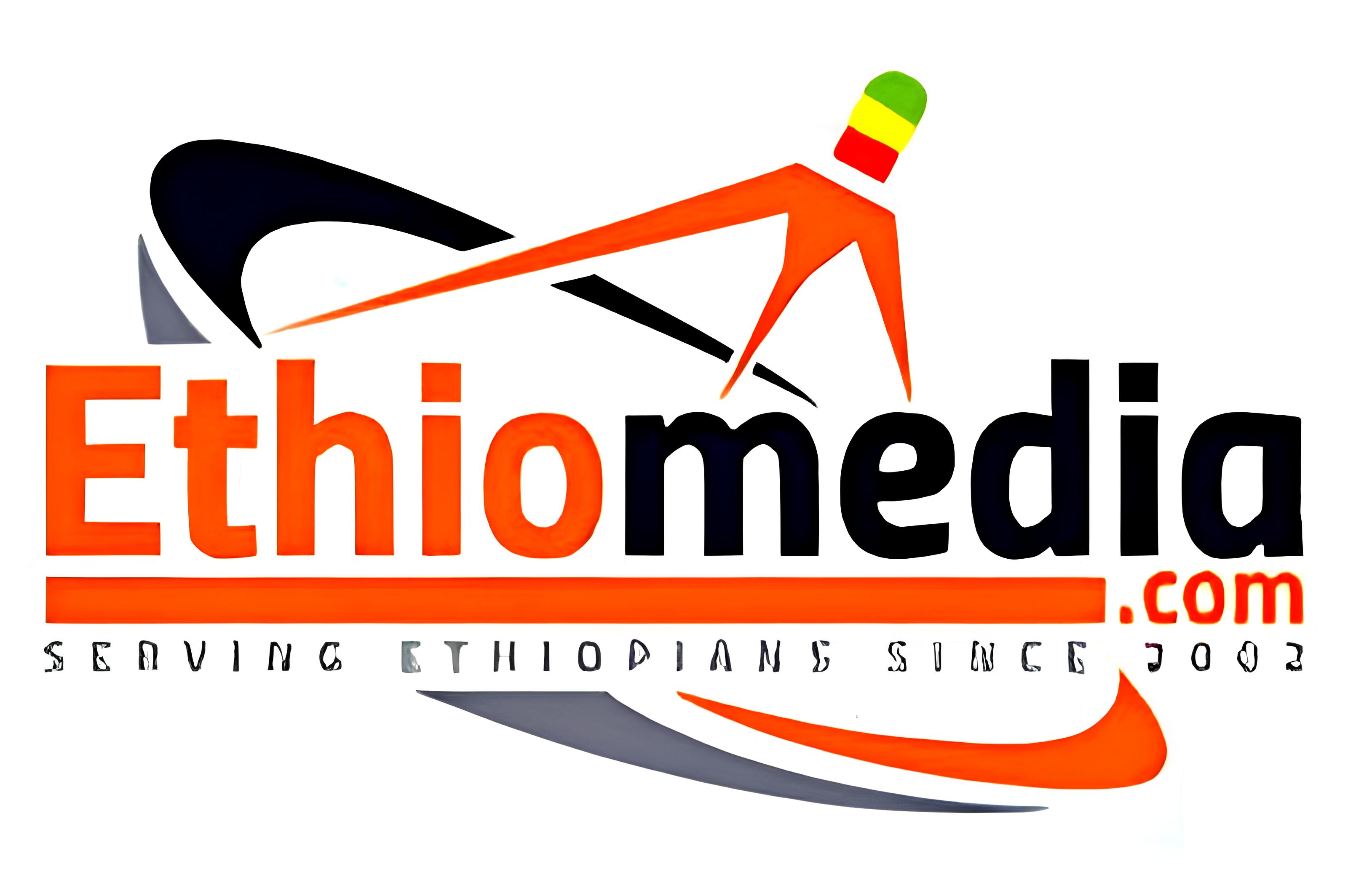|
Ethiopia’s Muslim Activists Pave a Path for Nonviolent Political Activism
By Terrence Lyons, World Politics Review August 22, 2013
A year after Ethiopian Prime Minister Hailemariam Desalegn came to power following the Rapid economic growth has been key to Ethiopia’s stability. The economy grew by more than
The political opposition to the EPRDF—currently divided into camps based on whether they
As a result, opposition political parties that challenged the regime in 2005 now play virtually
Meanwhile, several groups, notably the Oromo Liberation Front (OLF) and the Ogaden
Finally, the ongoing demonstrations by Ethiopian Muslims, who make up approximately 40
Muslim activists emphasize that they are operating within the framework of the Ethiopian
Earlier this month there were clashes between Ethiopian security forces and Muslims
Despite the government’s arrests and condemnations, the Ethiopian Muslim demonstrators —
Ethiomedia.com – An African-American news and views website. Copyright 2013 Ethiomedia.com. Email: [email protected] |

